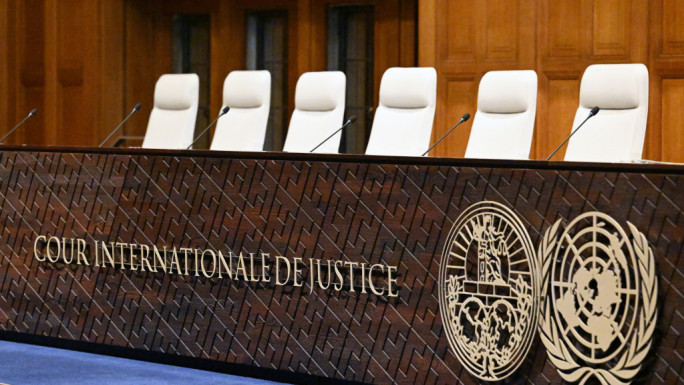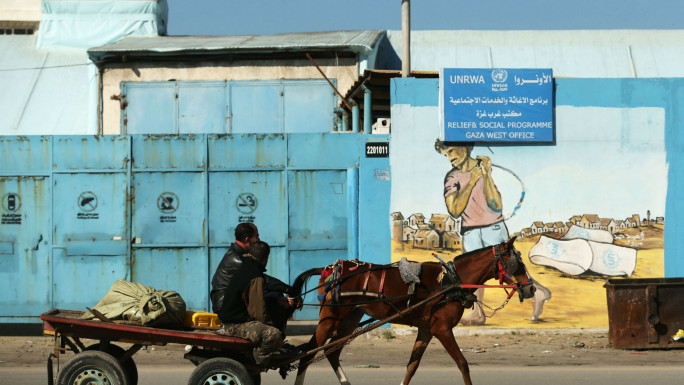
For the Economist, Arab women are obese but Western women are body positive
Weekly British current affairs newspaper The Economist caused quite a stir earlier this month when it published an article titled, Why women are fatter than men in the Arab world, using a photograph of renowned Iraqi actress Enas Taleb from the International Babylon Festival last year. Taleb consequently decided to sue for what she says is personal defamation, calling the article “an insult to Arab women.” And she is right.
The article cites that poverty, carbohydrate-rich diets, a higher unemployment rate of women, security reasons, social norms that frown on women exercising outside of the home, and finally Arab men’s “preference” for curvy women as the reasons behind the obesity gap in the Middle East which is at 26% compared to 16% for men. While some of these reasons are true to an extent, the article is simplistic and lacks nuance, posting a homogenous picture of Arab countries by only focussing on Iraq and Egypt, and using that to brush an entire picture of the Middle East.
The reality is that the level of security concerns varies from country to country, with some still heavily in the midst of war, such as Yemen and Syria, whilst others are still trying to recover from conflict, like Iraq, Lebanon, and Libya. And then there are those countries that are relatively stable such as the Gulf states, Morocco, Tunisia, and Jordan.
''The statement made by The Economist is in complete contrast to the body positivity that Western media outlets celebrate when it comes to curvy European or American women, with the body positivity movement emphasising that one’s figure is not an indication or measure of good health nor of happiness. But when it is curvy Arab women, suddenly it is an indicator of the MENA not being educated enough nor knowing what is good for them, reiterating all those age-old Orientalist tropes.''
The notion of it not being socially acceptable to exercise outside of the home, again varies from country to country in the Arab world, and the scene is constantly changing, making the article’s blanket statement lazy at best.
As a former personal trainer who worked in the Gulf with predominately female Arab clientele, as well as a former fitness columnist for Grazia Arabia, I can tell you that the Middle East, just like the rest of the world, has been bitten by the fitness bug and that Arab women from all walks of life do go to the gym.
It would be naïve not to acknowledge that for many women in the region going to the gym is a luxury, but from my experience coaching in Qatar and from what I have seen in my father’s homeland of Egypt, there is an increasing number of gyms that cater for different budgets. From the most basic gyms with second-hand equipment that have opened in rooms and hallways in old apartment blocks, to the most luxurious ones equipped with spas that overlook the sea – I’ve seen them all, and they tend to be gender segregated.
The Egyptian documentary Lift Like A Girl is an excellent example of how social attitudes towards women going to the gym to strength train are changing, with a particular focus on the working class.
For those few Arab women I encountered in Qatar who did not go to the gym, (due to the fear of others judging them, something that women all around the world experience), they often had exercise machines at home. Arabic women’s magazines are full of articles on rashaqa or fitness.
Hi @TheEconomist can you explain why you keep posting racist sexist stuff!!? pic.twitter.com/ThJ7rD6PcX
— Sulafa Zidani, PhD (@sulafaz) August 4, 2022
The truth is that The Economist’s article is another example of Western media’s hypocrisy when it comes to the standards it holds for Arab women versus European or American women. The article ends by stating that due to Arab men having a “preference” for their women to be “Ruben-esque”, Arab women try in earnest to put on weight or to retain their curves. It ends by stating, “Alas in the Arab world or indeed anywhere else, that is hardly the road to good health, let alone happiness.”
This statement is in complete contrast to the body positivity that Western media outlets celebrate when it comes to curvy European or American women, with the body positivity movement emphasising that one’s figure is not an indication or measure of good health nor of happiness. But when it is curvy Arab women, suddenly it is an indicator of the MENA not being educated enough nor knowing what is good for them, reiterating all those age-old Orientalist tropes.
Another recent example of this hypocrisy was during last summer’s Olympics, when numerous female European athletics teams challenged sexualisation in sports by wearing unitards and other more “modest” outfits. Their actions were celebrated, called powerful and feminist, yet how many female athletes from Middle Eastern countries have been disqualified for trying to wear modest activewear?
Fashion-lovers clamour to wear the latest oversized coats, floor-flowing kimonos, and patterned headscarves they see modelled during Fashion Week, yet when it comes to Middle Eastern women who have been rocking the layered, oversized look since day dot and who wear beautifully embroidered abayas, it is suddenly oppression. As editor of It’s Not About the Burqa Mariam Khan said at the time, what is white women’s empowerment is Muslim women’s oppression.
As Arab women, we are the subject of never ending critique by the Western media. The Economist’s article is further proof of how the West believes it has the right to make our bodies a topic of discussion and interest, a quieter form of the fetishisation our foremothers were forced to endure by male French and British Orientalist artists and photographers during the 19th and 20th centuries. It’s hard enough being a woman and being the subject of judgement by men, society, and the media, but it’s a double whammy when you are an Arab woman, and your body is used as an argument and some sort of distorted image by Western media, as if our BMIs are proof of the West’s perceived ills of Arab societies.
Yousra Samir Imran is a British Egyptian writer and author who is based in Yorkshire. She is the author of Hijab and Red Lipstick, published by Hashtag Press.
Follow her on Twitter: @UNDERYOURABAYA
Have questions or comments? Email us at: editorial-english@alaraby.co.uk
Opinions expressed in this article remain those of the author and do not necessarily represent those of The New Arab, its editorial board or staff.





 Follow the Middle East's top stories in English at The New Arab on Google News
Follow the Middle East's top stories in English at The New Arab on Google News


